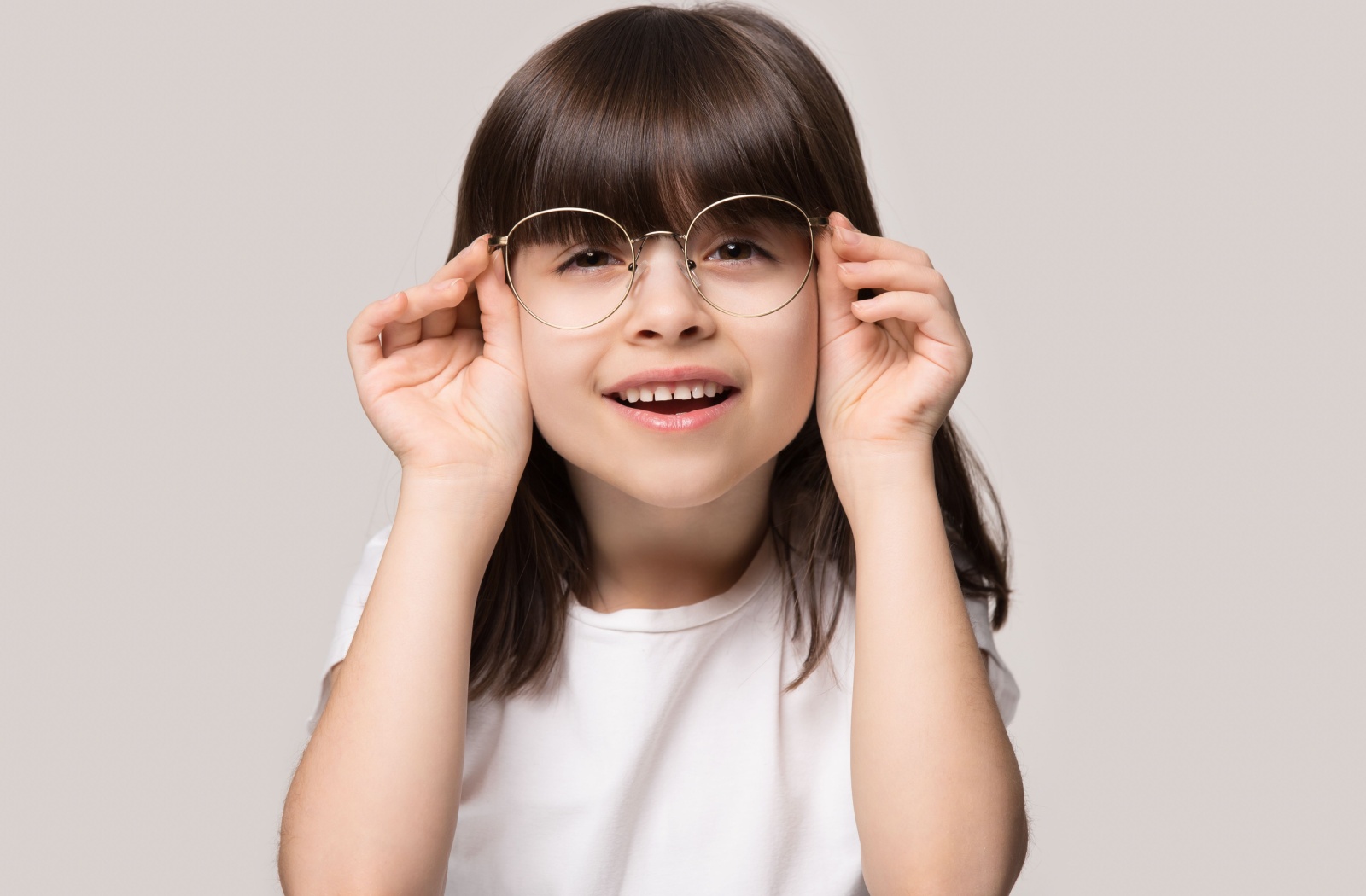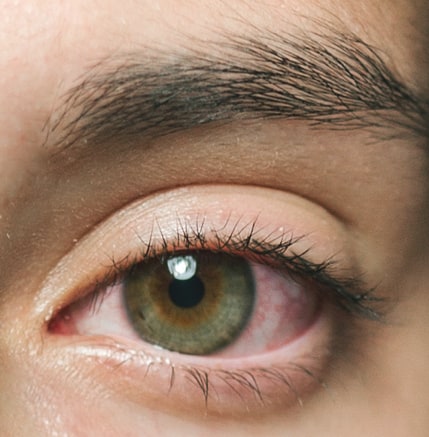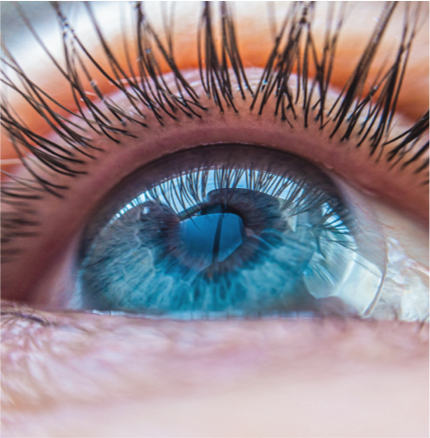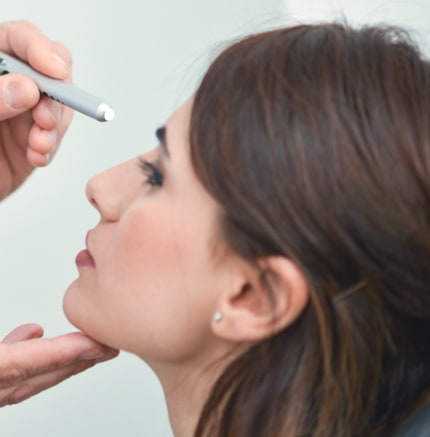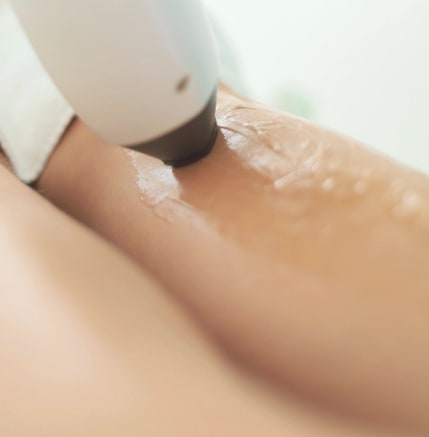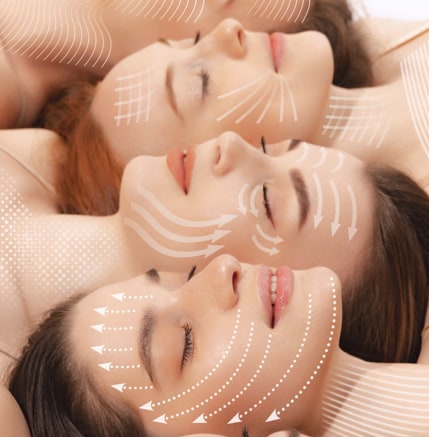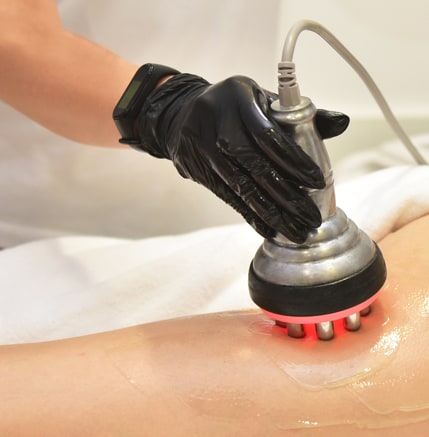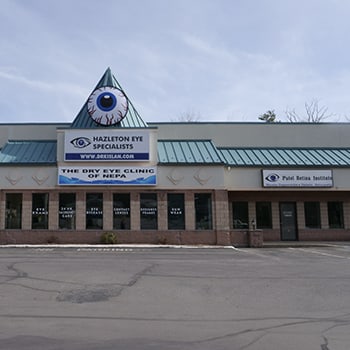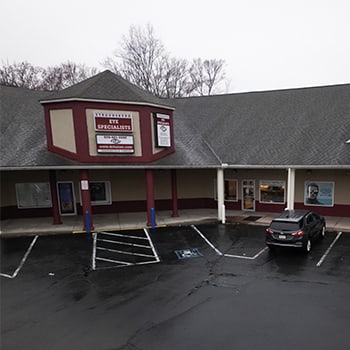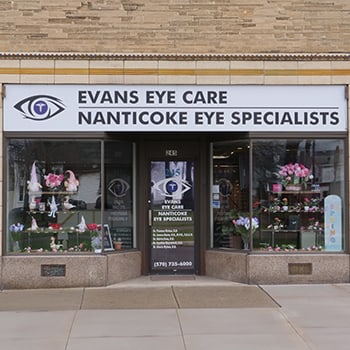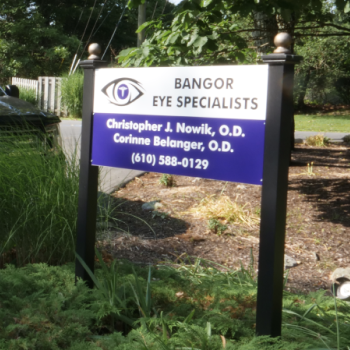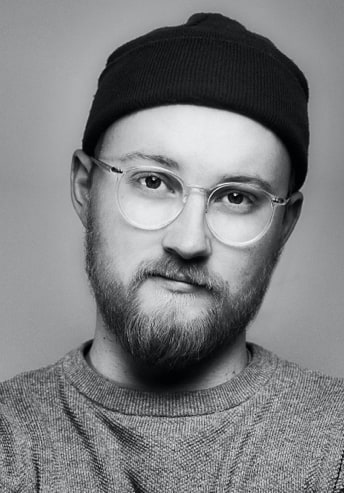Myopia is a common refractive error that generally develops during childhood. Myopia itself isn’t a serious condition, but if it remains untreated it can develop into high myopia, which increases the risk of developing eye conditions.
Our eyes grow and develop throughout our childhood and early adolescence. Meaning, that myopia can worsen with age as we grow older. Myopia cannot be cured, but it can be managed to slow myopia progression in children.
What is Myopia?
Myopia is commonly known as nearsightedness. It’s a common refractive error, affecting about 30% of the U.S. population, that generally develops during childhood. Myopia results in blurry distance vision while objects up close remain clear. This can make tasks like reading, watching TV, and physical activity difficult.
In an eye with no refractive error, the shape of the eye is round. Vision is clear because when light enters the eye through the lens, and is refracted by the cornea, that light can focus directly on the retina.
The shape of the eye with myopia is not round, rather it’s slightly elongated. This affects how light focuses on the retina. When light enters the eye through the lens and is refracted by the cornea, the light focuses in front of the retina, resulting in blurry distance vision.
Common symptoms of myopia can include:
- Headaches
- Eye strain
- Squinting to see distant objects
- Distance objects appear blurry
- Holding objects close to the eyes
What Causes Myopia?
Myopia is on the rise and becoming increasingly common in children. Myopia typically develops during childhood and adolescence and is most commonly influenced by genetics and environmental factors.
There’s a genetic component to myopia. It tends to run in families. A child has a higher likelihood of developing myopia if one or both of their parents are also nearsighted.
Spending less time outdoors and prolonged exposure to close-up work influences myopia development. Children who spend more time outdoors are less likely to develop myopia.
Natural light exposure and looking at distant objects help maintain proper eye growth and reduce myopia progression. Activities that require close-up focus for extended periods, can contribute to the development and progression of myopia. The eyes are stressed by focusing on near objects, leading to elongation over time.
When Does Myopia Develop?
Myopia can develop at any age, but it most commonly manifests between the ages of 6 and 14. It affects 5% of preschool-aged children and 9% of elementary-aged children in the U.S.
Our eyes grow rapidly during infancy and childhood, which is why we may see significant changes in our vision prescription during these years. Our eyes stop growing and our vision begins to stabilize at around age 20.
If myopia remains unmonitored and untreated, it can worsen with age. The rate of myopia progression varies among individuals and is detected during comprehensive eye exams.
Importance of Myopia Control
Myopia itself isn’t a serious eye condition, but leaving it untreated can lead to the development of high myopia.
High myopia is defined as a refractive error of -6.00 diopters or more. Individuals with high myopia are at an increased risk for retinal detachment, cataracts, glaucoma, and myopic maculopathy. Therefore, proactive myopia control strategies are necessary to safeguard long-term vision health.
Myopia cannot be cured, but it can be managed to slow its progression. Several treatment options are available to help slow myopia progression. These treatments work by altering the eye’s focusing mechanism or reducing eye strain so the shape of the eye doesn’t continue to elongate.
The best time to start myopia control is during childhood when the eye is still growing and most susceptible to changes. Myopia begins to stabilize towards early adulthood, so treatment should continue during this time. Myopia management can begin in children as early as 4, but most commonly begins from ages 6 to 8.
Myopia control is not exclusively for children. Adults can also benefit, although the effectiveness may vary. Early intervention maximizes the chances of slowing myopia progression and maintaining vision quality.
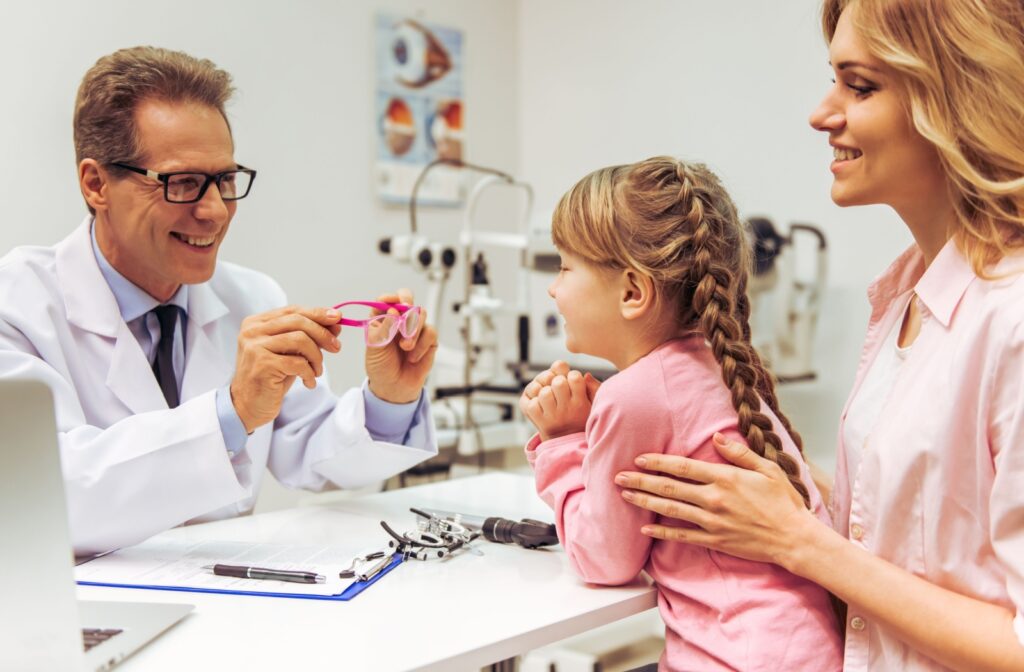
Treatment Options for Myopia Control
Several treatment options work to slow myopia progression in children effectively. Our team at Hazleton Eye Specialist focuses on two main forms of myopia management: low-dose atropine drops and orthokeratology lenses.
Low-Dose Atropine Eye Drops
Low-dose atropine drops are one of the most common forms of myopia management. Atropine is a medication that temporarily dilates the pupil and relaxes the eye’s focusing mechanism. Low-dose atropine (0.01%-0.05%) has been found to significantly slow myopia progression in children between the ages of 4 to 16.
Currently, there’s no evidence that these drops help slow myopia progression in young adults.
Atropine drops are applied once daily, generally before bedtime. This helps minimize the potential side effects of light sensitivity and blurry vision throughout the day.
The duration of the treatment can last several years and is determined by your optometrist. While on atropine, regular follow-up appointments with your optometrist are important to monitor progress and adjust the dosage of drops as needed.
Orthokeratology Lenses
Orthokeratology (ortho-k) lenses are specialized hard contact lenses that are designed for overnight wear. These lenses temporarily reshape the cornea, allowing for clear vision during the day without the need for glasses or contact lenses.
The ortho-K lenses work by flattening the cornea, which adjusts the eye’s focusing power. This reshaping reduces the refractive error, enabling light to focus correctly on the retina. Some studies show that eye elongation can be slowed when light rays focus directly on the retina. This process acts as a stop signal for eye growth.
The effects of corneal reshaping are temporary, so the lenses must be worn nightly to maintain clear vision. Regular follow-ups with an eye care professional are necessary to ensure the lenses fit correctly and to monitor eye health.
Unlike atropine drops, ortho-k lenses are the only treatment that shows evidence of slowing myopia progression in young adults, up to age 29. They are also an effective treatment option for teenagers.
Schedule an Appointment
Myopia is a common refractive error that develops during childhood. Our eyes grow and develop during childhood meaning if myopia remains untreated, it can continue to worsen as we age.Fortunately, myopia can be managed with treatments like low-dose atropine drops and ortho-k lenses. Connect with our team at Hazleton Eye Specialists to learn more about myopia control and schedule a visit.

